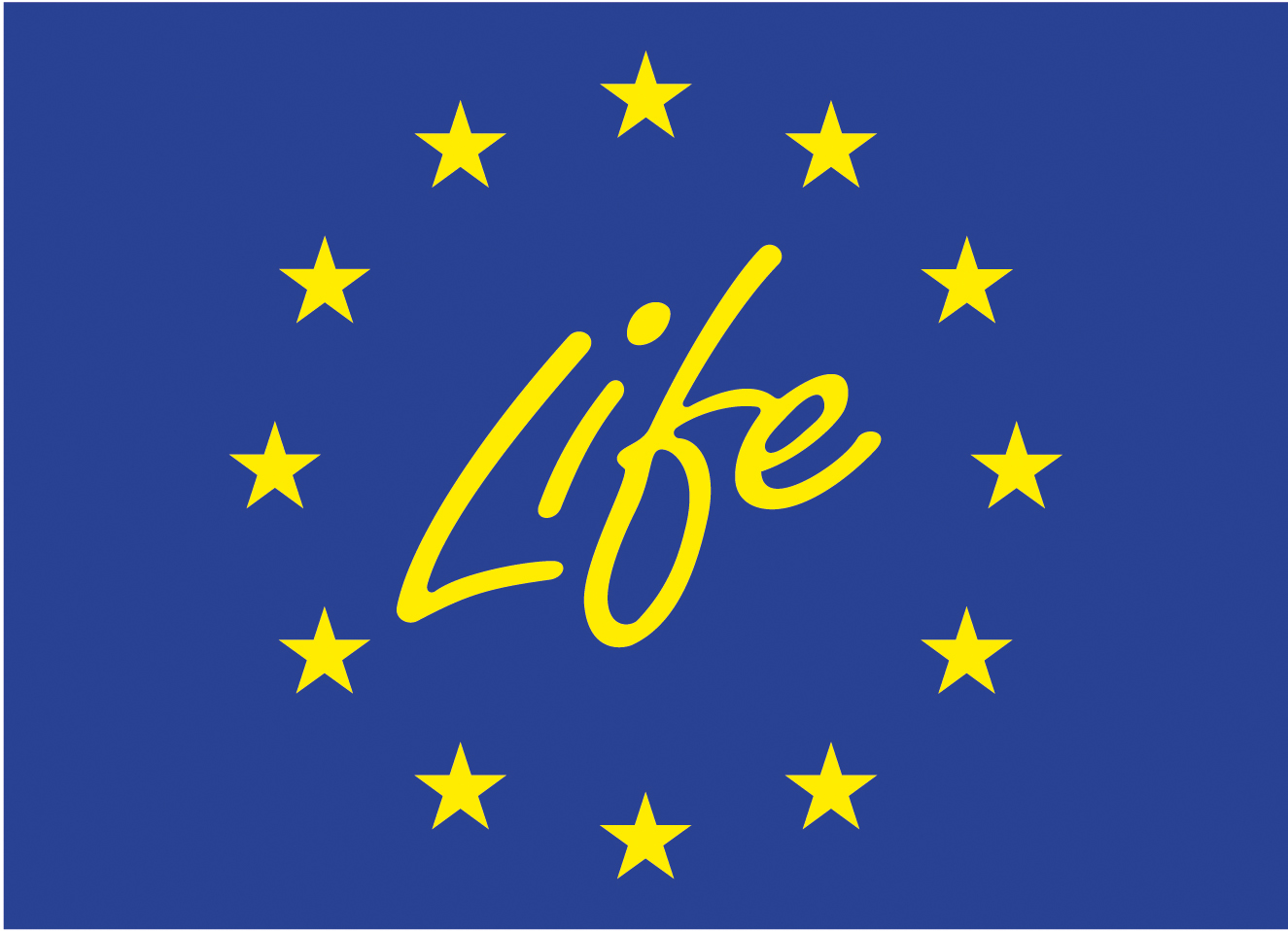-
Life Memory Project
> Project
> Life Memory Project
>
Objectives
Project Objetives
The LIFE Memory project, propose to demonstrate at an industrial prototype scale an anaerobic technology, using Submerged Anaerobic Membrane Bioreactor (AnMBR) technology, as an alternative to traditional urban wastewater treatment. This new approach focuses on a more sustainable concept, where wastewater turns into a source of energy and nutrients, and also a recyclable water resource by membrane disinfection.
The LIFE Memory project has three main objectives:
- Reduction of WWTP (Waste Water Treatment Plants) energy consumption by 70%.
- Reducing by 80% of the net greenhouse gases emission per unit of COD removed from the influent wastewater, avoiding the oxidation of organic matter.
- Increase effluent quality for reuse and minimization of residuals by 50%.

AnMBR technology combines anaerobic digestion and membrane technology, for treating urban wastewater at ambient temperatures. Anaerobic digestion allows the conversion of the organic matter into a biogas flow (composed mainly by CH4 and CO2) that can be used at the WWTP to generate heat energy and electric power. On the other hand membrane filtration allows increasing the sludge retention time (SRT) by 100% without increasing the reactor volume, which allows anaerobic processes to be used for low-loaded wastewaters. Low growth rate of anaerobic bacteria coupled to longer sludge retention time reduces sludge production, so that less residuals need to be disposed of, yielding less emissions.
To achieve this main objective, the following activities are proposed:
- Evaluation of the effluent quality obtained as a function of different operating conditions and parameters, in order to find the optimal performance of the prototype.
- Maximization of the net energy production through methane recovery from both liquid and gas phase, improving the overall energy balance of the process.
- Determination of critical design parameters, establishing simultaneously guidelines for an accurate control and monitoring of the process.
- Demonstration of the economic feasibility of the tested prototype and quantification of environmental benefits.
The implementation and the validation of this more environment-friendly process can be replicated at a very large scale in many sites with warmer and more concentrated wastewaters, such as industries or throughout Southern Europe and the Mediterranean, where low precipitation and more expensive water (often gained by desalination) lead to a lower wastewater flow.
The main expected result of this project will be the successful demonstration of the innovative technology that allows maximizing the recovery of energy and resources from urban or industrial effluents. There are three clear outputs:
a) The demonstration of the economics of AnMBR technology for treating urban wastewater.
b) The elaboration of a protocol for the design and operation of WWTPs based on this new technology.
c) The quantification of environmental benefits such as lower energy use, lower GHG emissions, increased potential for water reuse and reduced sludge production.
This technology will contribute to a net decrease in the carbon footprint of the actual WWTP energy system. Not only it will enable to save GWh of energy consumption every year but it will also reduce drastically the CO2 emissions from wastewater by avoiding oxidation and replacing it by the production of biogas for reuse in the process.
XXI century: From wastewater to Resource Source
Towards a new paradigm based on sustainability, where wastewater now turns into a source of energy, nutrients and simultaneously, a water resource suitable for reuse.
In this context, LIFE MEMORY project targets for the sustainable production of reusable water demonstrating the feasibility of an innovative technology: the Submerged Anaerobic Membrane Bioreactor (SAnMBR).




